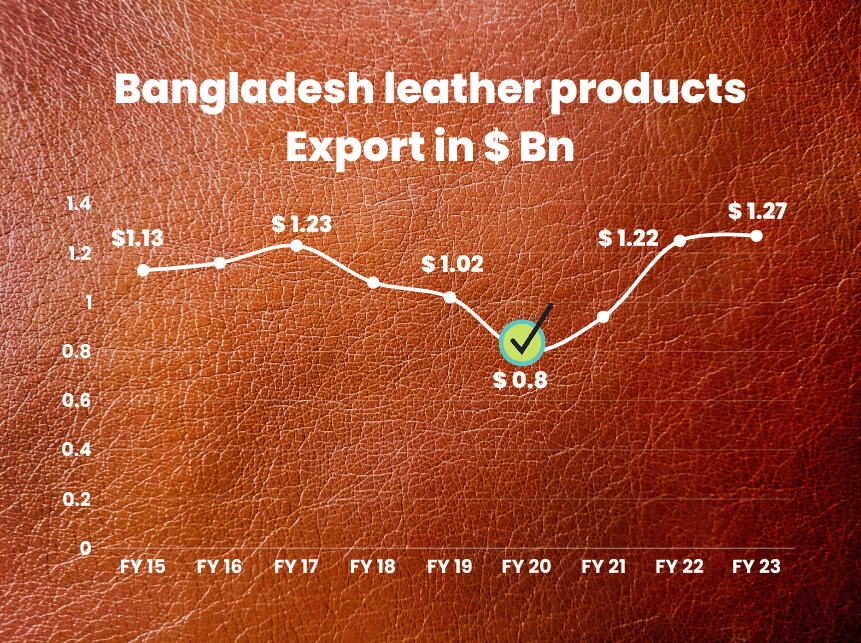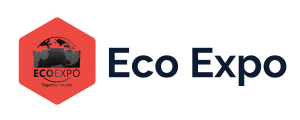Leather industry is the second most important sector for the national economy in Bangladesh. The major markets for Bangladeshi leather and leather products are Italy, United Kingdom, Spain, France, Germany, Poland, United States and Canada. In recent times, it has been exported to Japan, India, Nepal, South Korea, China, Hong Kong and Taiwan.
However, Japan is the biggest buyer of Bangladeshi products in the world. About 55 to 60 percent of the total exports go to the Japanese market. One of the reasons for this is that in the case of Bangladeshi leather shoes, Japan has been offering ‘duty free’ and ‘quota free’ facilities from the very beginning.

Now the leather industry is one of the leading earners in foreign exchange after garments. Besides tanned leather, shoes, travel bags, belts, wallets or wallets are being exported from Bangladesh. There is also a huge demand for various ‘fancy’ leather products. There are many handicraft companies in Bangladesh who are making these products and exporting them to the world market. In fiscal 2017-18, according to data from the EPB, export of leather, leather goods, and footwear were USD 1.08 billion. In 2016-17, Bangladesh exported leather and leather goods worth $1.23 billion. The global market for leather and leather products is now 220 billion. And Bangladesh provides only one point five percent of it.
Apart from tanneries, there are 110 leather and leather goods factories in Bangladesh. There are 206 factories for leather processing. Apex, FB, Picard Bangladesh, Janis, Akij, RMM, Bengal and Bay have their own tannery and leather processing plants.
The importance of leather industry as a potential sector of the country is increasing day by day. The position of leather and leather products in the national economy is third in the export trade. Employment opportunities can be created through proper care of leather industry.
If we can develop this sector in a planned way, it is possible to increase the amount of our export income.

